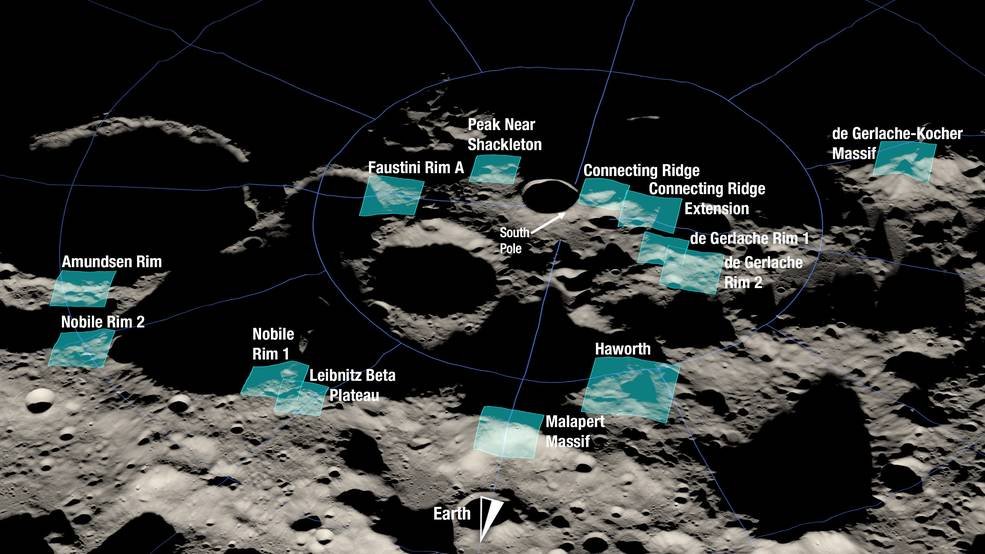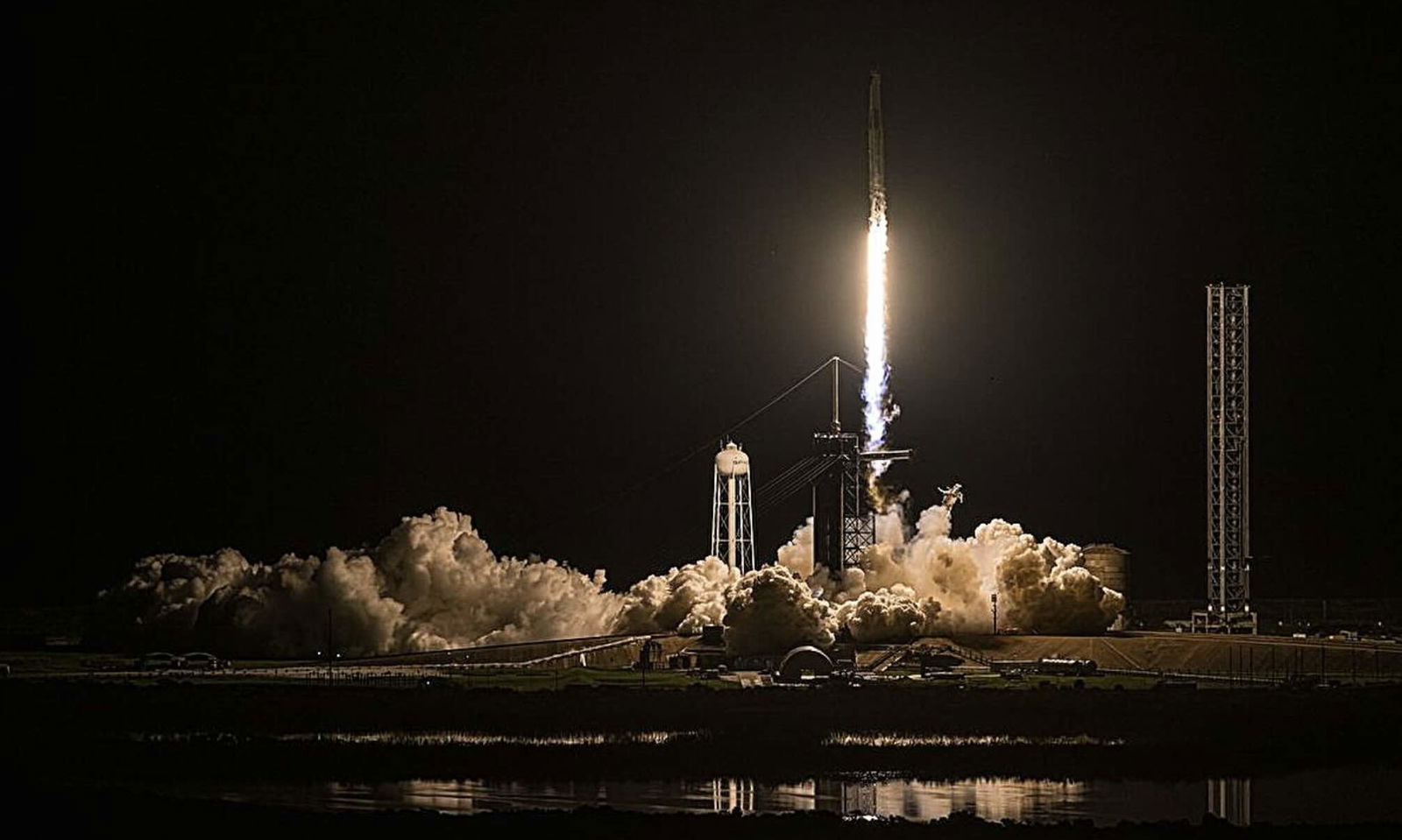A pair of unconventional astronauts, including a billionaire investor and an engineer, made history on Thursday by performing the first spacewalks by private citizens. The Polaris Dawn mission, SpaceX’s most ambitious venture into space yet, reached a distance from Earth not achieved since the Apollo missions over fifty years ago.
The successful mission provided an early testing ground for critical parameters that will be involved in deeper space exploration of the coming decades.
At 11:52 BST, Jared Isaacman stepped out of the SpaceX Dragon capsule and into the vastness of space. As the founder of Draken International, Isaacman has a long history in aerospace contracting. The recent mission was his second time chartering a SpaceX craft, after having paid $200 million for all four seats on the 2021 Inspiration4 mission.
Fifteen minutes later, Sarah Gillis followed, becoming the youngest person to ever perform a spacewalk at just 30 years old. At just under 435 miles above Earth—185 miles beyond the International Space Station—the event marked the most remote spacewalk ever conducted. Pilot Scott Poteet and medical officer Anna Menon remained aboard the Dragon capsule.


Isaacman and Gillis’ spacewalks, which lasted over seven minutes each, also tested SpaceX’s latest Extravehicular Activity (EVA) suit.
First announced in May, the EVA suit builds upon the design of the Intravehicular Activity (IVA) suit worn by previous Dragon crews. The redesign focused primarily on improving mobility for spacewalk applications, utilizing new materials, joint designs, and fabrication methods. The suit had to function in both pressurized and unpressurized states, presenting unique design challenges. While pressurized, maintaining mobility was difficult; when unpressurized, ensuring astronaut comfort was the main concern.
A significant upgrade to the suit includes a helmet equipped with an integrated camera and Heads-Up Display (HUD), which provides information on pressure, temperature, and humidity. Additional seals and pressure valves were incorporated to enhance the suit’s performance. Isaacman and Gillis conducted various tests to gather data on the suit’s mobility in a real-world environment.
More Than Just a Spacewalk
Testing the new spacesuit during the farthest spacewalk ever may have been the mission’s most eye-catching feature, but the crew is also set to perform a total of 36 experiments. SpaceX partnered with 31 institutions for these investigations, including NASA, the U.S. Air Force Academy, and several universities. By passing through the Van Allen Radiation Belt, the crew will collect data on the effects of space radiation on the human body.


In addition to monitoring vital signs through the EVA suits, the mission will also employ ultrasound imaging and throat cameras to test telehealth capabilities in space. Data collected from these automated systems will be analyzed alongside routine periodic exams to assess their accuracy.
“Each mission, whether the crew is commercial or NASA astronauts, provides a key opportunity to expand our knowledge of how spaceflight affects human health,” said Jancy McPhee, associate chief scientist for human research at NASA. “Information gathered from Polaris Dawn will give us critical insights to help NASA plan for deeper space travel to the Moon and Mars.”
Challenges Facing Polaris Dawn
SpaceX faced numerous hurdles leading up to the mission. Originally scheduled for late 2022, the launch was delayed nearly two years to September 10, 2024. Delays plagued various mission components, from the laser communications system to the EVA suits. A July failure of a Falcon 9 rocket further impacted the timeline, and weather conditions briefly delayed the final launch.
Dry rehearsals began on August 25, and the crew underwent an intensive physical training regimen, particularly to prepare for the unpressurized atmosphere of space. The Dragon capsule lacks the airlocks used in earlier spacewalks, meaning the entire crew had to endure depressurization along with the spacecraft. Over two days, the crew engaged in a process called “pre-breathing,” inhaling pure oxygen to remove nitrogen from their bloodstreams, reducing the risk of pressure sickness, or “the bends.” The cabin was slowly depressurized over three days to prepare for the spacewalks.
SpaceX’s Future in Orbit
Upon reaching their mission’s apex of 870 miles—surpassing the altitude achieved by Gemini 11—Isaacman remarked, “We look forward to our friends at the Artemis program taking us to even greater heights.” Artemis, NASA’s long-term project to establish a permanent lunar base, has been a focal point for SpaceX’s commercial endeavors.
The next planned Artemis mission, Artemis II, is expected to make a lunar flyby in 2025, with Artemis III aiming to land on the Moon’s surface in 2026.


SpaceX has its own plans for the future. In a recent post on X (formerly Twitter), Elon Musk outlined a timeline for missions to Mars. He anticipates an uncrewed mission to depart Earth in 2026, with the first crewed mission to Mars slated for 2028.
Musk predicts exponential growth in space travel, with the potential for a permanent city on Mars within 20 years.
Ryan Whalen covers science and technology for The Debrief. He holds a BA in History and a Master of Library and Information Science with a certificate in Data Science. He can be contacted at ryan@thedebrief.org, and follow him on Twitter @mdntwvlf.

